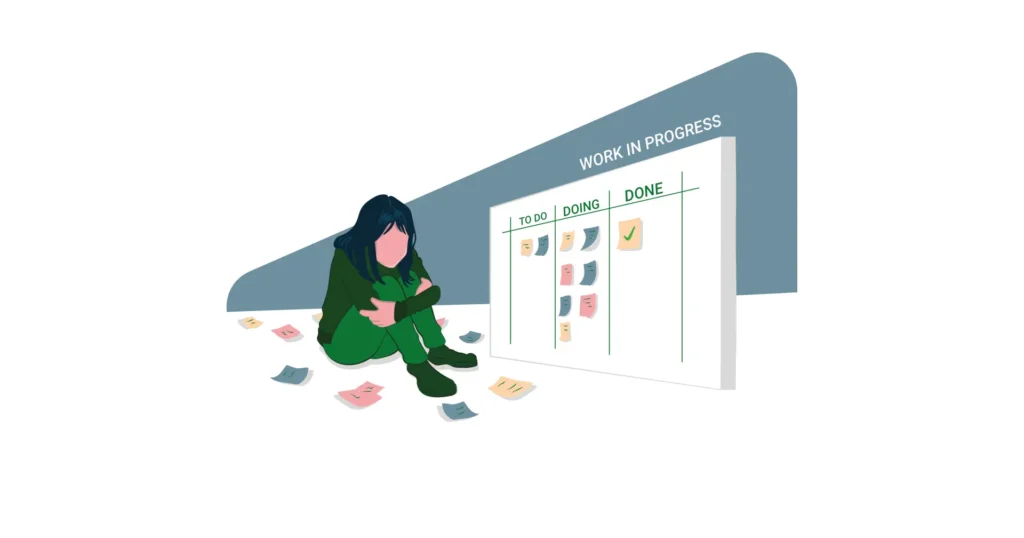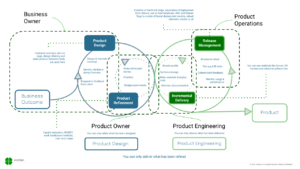Whether individually or for an organization we tend to spread our focus to multiple projects at the same time. The illusion of efficiency this creates is fulfilling. After all, it is fun to start something new, we get a rush of engagement and learning. Whereas finishing a task comes with much more peril. If it is a task we enjoyed, we’ll be sorry to have finished, and if it is one we hate, we’ll want to find something else to start on. While starting a new task gives us a sense of achievement and moving forward, in fact, it slows us down.
In this week’s article on business agility, we will be exploring how confusing having lots of work underway with moving quickly. Put another way, confusing speed with focus. This is important as the sooner you can deliver value to your customers, the sooner you can learn. In turn, this prevents teams from reaping the benefits of business agility practices, such as reducing delivery costs and increasing revenue. Below we discuss three ways in which organizations can improve flow and in doing so, aid their business agility journey.
Working on the right things
A key aspect of business agility is focusing on not trying to do everything all at once. To help with this, business agility seeks to:
- Create alignment across organizational value streams
- Make the right information available for people to make decisions
As we look to deliver high-quality products to our customers sooner, while doing the right things, we also want to ensure we are doing things right. This is achieved through a continual focus on technical excellence driven by a culture that continually seeks to learn.
Achieving this takes time and you will be sure to make mistakes along the way. Having data to guide your decision-making is key. Understand that sometimes we will have to stop work on a product to invest time somewhere else, but wherever possible we look to do so in a way that what we were working on is in a finished state. Restarting a stopped piece of work is never as simple as we think it will be. Context switching is expensive, which we will talk about shortly.
Limit Work-in-Progress
Anything that isn’t currently in the hands of customers is work-in-progress and not generating value. We want to deliver work as soon as we can so:
- We can learn by collecting feedback
- Assess whether we are meeting the quality needs
- Generate value
As described at the start of this article, too much work-in-progress is the enemy of flow and flow is what allows us to deliver our work. Limiting work-in-progress will improve our capacity to complete work. There are many ways to reduce work-in-progress, in particular reducing the amount of work being started. By taking on a few projects at a time instead of multiple ones, delivery times can be lowered and value can be generated faster. In a nutshell, stop starting and start finishing.
Leverage Automation
In reducing work-in-progress, automation helps by providing visibility into how much work there is in progress, it creates consistency and enables us to get more work done. Automation allows teams to focus more on value-adding work.
Another benefit of automation is that it mitigates risk. If you rely on people, an error is guaranteed to happen at some point. It doesn’t matter if a person has done a task 50+ times, they will eventually make a mistake, a consequence of the interrupt-driven lives we live. This can be for several reasons, such as the person working late, being tired, or just having too much personal work in progress.
Not everything needs to be automated. For example, tasks that occur rarely where there just isn’t a significant return on investment from implementing them.
Conclusion
Reducing the amount of work you have in progress is important at all levels, from the individual to the organization. It is the enemy of flow and in turn, achieving business agility. So reduce your work-in-progress, stop starting, and start finishing today!
If you’d like to learn more, listen to episode 49 of the Definitely, Maybe Agile podcast.




